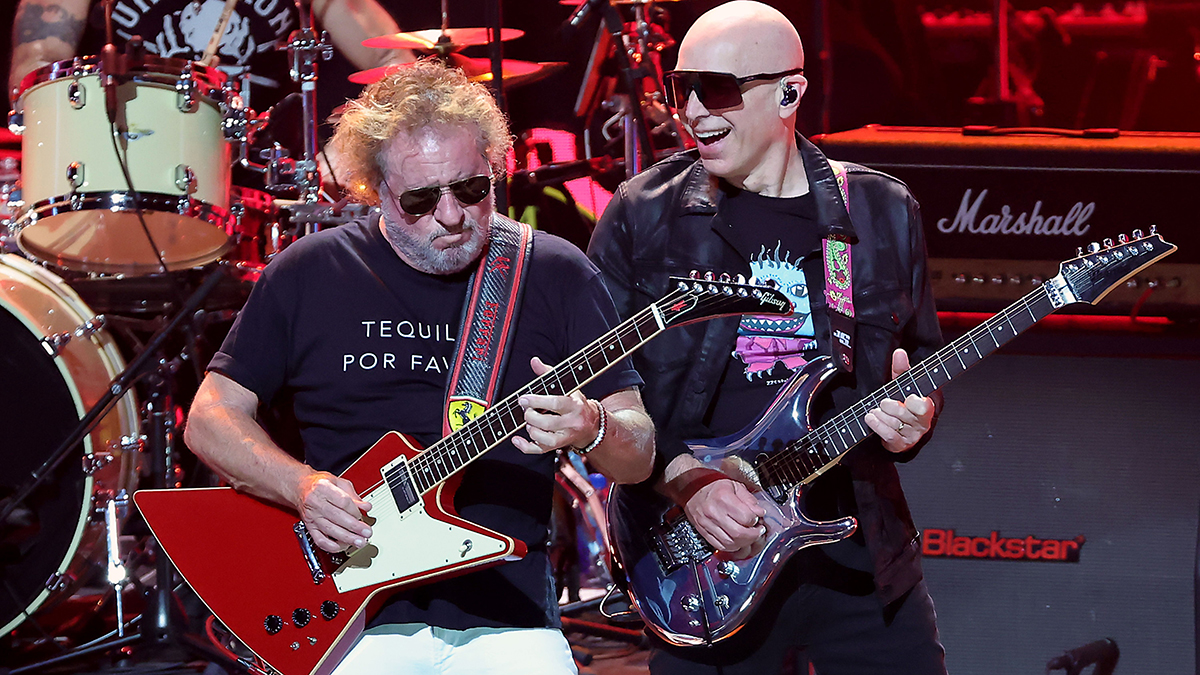Musical Fluency: Developing Voice Leading

The most natural musical sound to the human ear is the voice.
The voice is built into us in a way that no other instrument is. As a result, we latch onto musical sounds that remind us of the voice. That might be a certain kind of tone, a smooth legato technique or a singable melody.
This might seem like the territory of melodic playing, but keeping the human voice in mind is just as important when playing chords.
If you treat each note of a chord as a different voice, paying attention to how each note transitions to the notes of the next chord, your playing will take on a new maturity. This is known as voice leading. Think of it as directing a choir on your fretboard, rather than playing a series of shapes.
Here’s an exercise you can try to get a feel for voice leading on the guitar.
Setting the Scene
For this exercise, we’re going to focus on the key of G major, which contains the notes G, A, B, C, D, E and F#. We’re also just going to focus on the second, third and fourth strings, which have a nice mid-range tone for building chord shapes.
Get The Pick Newsletter
All the latest guitar news, interviews, lessons, reviews, deals and more, direct to your inbox!
So first let’s take the notes of the G major scale and lay them out on the fretboard on the second, third, and fourth strings. Here’s the result:

Start on a Triad
We’ll start off the exercise on a basic root-position G major chord: third fret on the second string, fourth fret on the third string, and fifth fret on the fourth string.
Once you’ve got the first shape, here’s the exercise. Move the note on the second string up the scale one note, while leaving the other notes where they are. Then move up the scale one note on the third string. Then move up on the fourth string.
Every time you move up a note, you should get a whole new shape. Some of these shapes may be familiar, and some may not. Here’s what this example looks like when written out:

You can try the same exercise starting off with other voicings of the first chord. For example, try starting on the first inversion or second inversion voicing of G major.
You also can try the same exercise moving downward. Just move each string down one note in the scale instead of up.
Start on Something Weird
Let’s say you’re feeling adventurous and want to try something new. Why not try the same exercise, starting on a made-up shape?
Take another look at the map of the G major scale above. Rather than reaching for a familiar triad shape, see if you can grab a note from each string to create a shape you’ve never played before.
Then run through the same exercise, moving up the scale one string at a time. Here’s an example:

Know What You’re Doing
With each of the above versions of the exercise, take a look at just what notes you’re playing in each shape. Consider what sort of harmonies you’d get running through the whole exercise over each chord in the key.
What would you get if you ran through Exercise 1 over a G major chord? Or what would you get if you ran through Exercise 2 over a G major chord? You’ll find some pretty interesting harmonies in there, which might work in surprising ways, thanks to the smooth voice leading.
Image courtesy of Wolfgang Lonien
Ben Rainey works as a guitar teacher and freelance guitarist in the Pittsburgh area. He's also in charge of music content at Tunessence.com.










